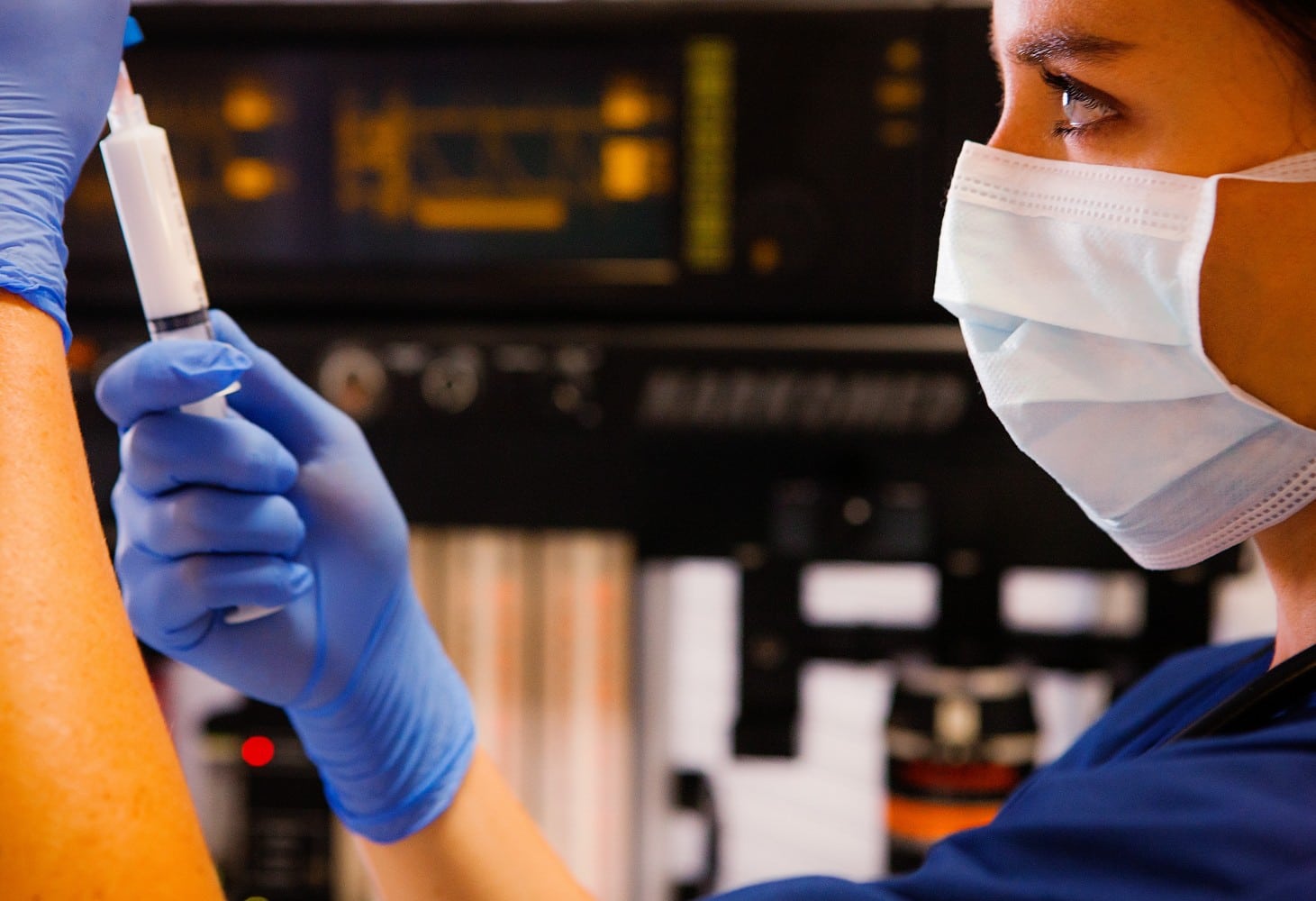
It’s a common query our patients spring on us the morning of surgery. “How exactly do the anesthetics you administer put me out?” For intravenous agents we can often get by with a lay explanation of targeted receptors, but for volatile anesthetics the truthful answer has been, “No one really knows.”
Around 1900, Hans Horst Meyer and Charles Ernest Overton independently presented what is now known as the Meyer-Overton correlation: that the minimal alveolar concentration (MAC) of volatile anesthetics is inversely proportional to its lipid solubility. That is, the potency of a volatile anesthetic is proportional to its oil:gas coefficient. This correlation led to the theory that the mechanism of action of anesthetic agents resulted from their interaction with the neuronal lipid bilayer, rather than from a specific lock-and-key model of ligand-receptor binding. This was popular given the varied structural conformations of different anesthetics, making it less likely that they all targeted a common receptor.
The lipid bilayer theory dominated until the 1970s, when Franks and Lieb showed that the Meyer-Overton correlation could be preserved in the absence of lipids: they found that clinical doses of anesthetic inhibited water soluble, lipid-free proteins such as firefly luciferase with potencies that were again inversely correlated to their MAC. A number of potential targets, both ligand-gated (such as GABA) and voltage-gated ion channels have been identified, however receptor binding affinities are low and it remained a point of dispute whether the principle mechanism of anesthesia could be attributed to direct binding to these targets.
In their study published this year, Herold et al used a well described gramicidin-based fluorescence assay (GBFA) to test whether lipid bilayer properties were affected by volatile anesthetics. The model is based on the channel-forming antibiotic gramicidin, which dimerizes across the lipid bilayer to allow ions to pass across it. To do so, its two monomers must expend a certain energy cost to deform the bilayer, as the length of the channel is shorter than the span of the bilayer. Deformations in lipid bilayer properties disturb the ability of gramicidin to dimerize, leading to changes in its ion conduction capacity (as can be measured by a fluorescence assay). The study found no changes in gramicidin channel conduction when exposed to clinically relevant doses of various anesthetics. Toxic doses did cause sufficient alteration of bilayer properties to affect gramicidin conduction.
The jury is still out on the exact mechanism of volatile anesthetics, but recent data are siding against the lipid bilayer as the culprit.
References:
Hemmings HC Jr, et al. Emerging molecular mechanisms of general anesthetic action. Trends Pharmacol Sci (2005) 26(10):503–510.
Herold KF, Sanford RL, Lee W, Andersen OS, Hemmings HC Jr. Clinical concentrations of chemically diverse general anesthetics minimally affect lipid bilayer properties Proc Natl Acad Sci U S A. 2017 114 (12) 3109-3114




